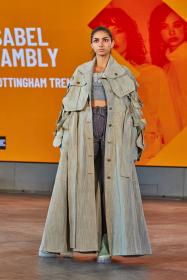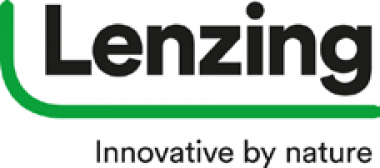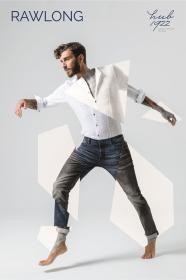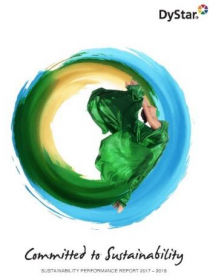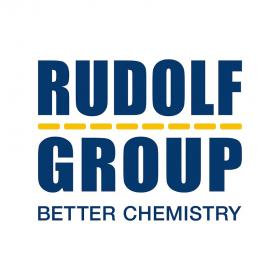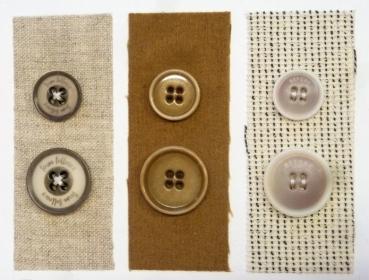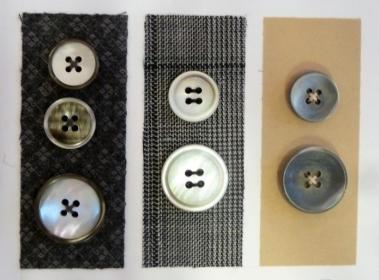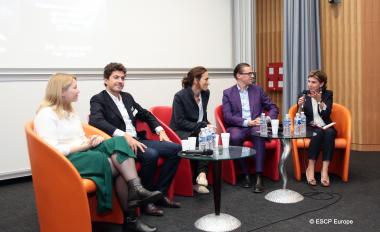Two ISKO I-SKOOL™ 7 looks make their debut at the Graduate Fashion Foundation
Two ISKO I-SKOOL™ 7 looks make their debut at the Graduate Fashion Foundation, part of London Fashion Week, a springboard for new talent striving to bridge the gap between education and industry.
Following an unprecedented academic year, GFF celebrates how the Class of 2020 have adapted and overcome adversity to complete their degrees across 26 fashion specialisms, from Design and Knitwear to Comms, Marketing and Business. London, 17-22 September – To bring together fashion educators and industry leaders and to support their graduates to reach their full potential once they have graduated: this has always been GFF’s main goal for the past 28 years. Now more than ever, GFF continues in its long-standing commitment to share good practice and knowledge and to inspire students to become innovators, environmental leaders, employees, and educators while promoting cultural diversity and inclusivity within an international platform – very much in keeping with ISKO I-SKOOL™ values and approach which resonate throughout the contest’s Denim Awards.
Designers Kotryna Adomaityte and Isabel Hambly from Nottingham Trent University were 2 of the 9 winners of the ISKO I-SKOOL™ 7 Awards, announced in a phygital ceremony held on July 22. The two students were invited to showcase their winning creations at GFF. Kotryna, winner of the ISKO I-SKOOL™ PERICOLO Award by Cadica Group, impressed the audience with her “Wild West Denim” look to London at the GFF Showroom.
Isabel Hambly, winner of the ISKO I-SKOOL™ Best Marketable Product, stole the show with her “Women at war” outfit which was displayed at the Catwalk Show, live-streamed from Samsung KX on September 22. That two of ISKO I-SKOOL™ 7 winners and finalists were part of this important event is proof of the significant role the contest – developed and supported by ISKO – plays in nurturing and championing talent and creativity. This edition’s main concept was world’s citizenship, with the Creative Theme “North, East, South, West – connected by one planet”. The twenty shortlisted finalists were asked to dig into their roots and to approach different cultures, defining and tracking down the geography of the world connecting them through responsibility. In addition to exploring the planet both locally and globally, they were also required to take into account the product life cycle of their outfits – featuring a 5-pocket jeans to interpret their view on the “local” concept and two Denim Show Pieces to reflect their worldwide influences and topics of interest. These were made with top ISKO™ denim fabrics, meeting the designers’ needs and providing a strong sustainable ingredient.
“We are really proud that two of our winners made it to GFF, with which we have many values in common – it marks another important step in their journey” said ISKO Senior Executive ISKO I-SKOOL™ Project Irem Orhun. “All of this goes to show how ISKO I-SKOOL™ plays a fundamental role in providing the foundation to enter the industry more aware of your skills and capabilities.”
Isabel Hambly ISKO I-SKOOL™ London Fashion Week Graduate Fashion Foundation Fashion Mode
Menabo Group


